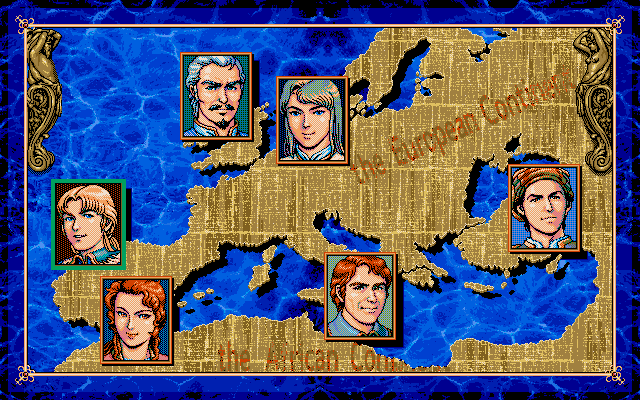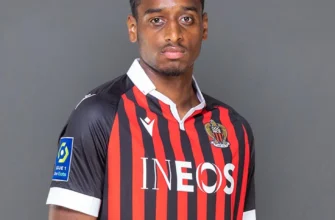The stage is set, the final whistle has blown on the qualification rounds, and 36 teams now stand ready to embark on what promises to be one of the most intriguing UEFA Champions League seasons in recent memory. From European royalty like Real Madrid and Paris Saint-Germain to an exciting crop of historical debutants, the league phase draw is not just an administrative formality; it`s the unveiling of a complex, unpredictable journey for every club involved.
The Dramatic Prelude: Newcomers Seize Their Moment
Before the glitz and glamour of the draw, a different kind of drama unfolded on pitches across Europe. The play-off rounds were a testament to the enduring spirit of football, showcasing raw ambition and last-gasp heroics. This season, a notable narrative emerged: the rise of the first-timers. Teams like Norway’s Bodo/Glimt, Cyprus’ Pafos, and Kazakhstan’s Kairat have punched their tickets to the Champions League proper for the very first time. Their qualification isn`t merely a statistic; it`s a story of defying expectations.
Consider Kairat, who, after a scoreless aggregate against Celtic, held their nerve in a penalty shootout, with goalkeeper Temirlan Anarbekov becoming an instant legend by making three crucial saves. Or Pafos, whose 89th-minute goal against Crvena Zvezda sealed a dramatic aggregate victory. These aren`t just names; they are clubs that represent the aspirational core of European football, proving that the dream of continental glory remains within reach, even for those without generations of pedigree.
Alongside these newcomers, established forces like Benfica, Club Brugge, Qarabag, and Copenhagen navigated their own tense encounters to secure their places, demonstrating that even the path for seasoned campaigners is rarely straightforward.
A Format Revolution: Navigating the League Phase Labyrinth
This season marks a significant pivot in the Champions League`s storied history, as UEFA ushers in its second season under a revamped format. Gone are the familiar four-team group stages, replaced by an expansive 36-team single league phase. This isn`t just a slight tweak; it`s a fundamental reimagining of the competition structure.
Instead of playing a fixed set of opponents home and away, each of the 36 teams will face eight different adversaries – four at home and four away. These opponents will be determined during the draw, pulled from various “pots” designed to ensure a balance of strength, though the traditional “group” concept is now obsolete. This means every team will have a unique schedule, adding a layer of tactical complexity and strategic planning never before seen at this stage.
The objective? Climb a single, unified league table. The top eight teams will earn a direct pass to the coveted Round of 16. However, for those ranked ninth through 24th, a knockout phase playoff awaits – an extra hurdle, a mini-tournament, if you will – to determine who joins the elite eight. Teams finishing 25th or lower? Their European journey concludes, without the consolation of dropping into the Europa League, as was previously the case.
One might wonder if the esteemed football strategists at UEFA simply grew tired of the predictability of the old format. Perhaps they sought to inject a dose of glorious chaos. Whatever the motive, the result is a competition designed to test endurance, adaptability, and nerve like never before. The journey to the final at Budapest’s Puskas Arena just got a whole lot more convoluted, and arguably, more exciting.
The Draw: Blueprint for an Unpredictable Campaign
For fans and clubs alike, the draw event is always a moment of heightened anticipation. This season, with the new format, its significance is perhaps even greater. It`s not just about who you play; it’s about the unique tapestry of fixtures that will define a team`s entire league phase campaign.
Imagine the boardrooms: executives and coaches poring over their allocated opponents, sketching out travel plans from Monaco to Madrid, from London to Lisbon, and to the less-frequented grounds where Champions League history is now being forged. The mix of perennial title contenders—Barcelona, Manchester City, Bayern Munich, Liverpool, Chelsea—with the likes of Arsenal, Napoli, Tottenham, and the aforementioned newcomers, ensures a fascinating blend of clashes.
Will a traditionally dominant club find themselves tested by a relentless series of formidable opponents? Or will a debutant manage to carve out a surprisingly favorable path, leveraging home advantage against a less-traveled rival? The permutations are endless, and the strategy for accumulating points across eight distinct fixtures will be paramount.
As the curtains rise on this new chapter of the UEFA Champions League, one thing is clear: expect the unexpected. The blend of established titans and ambitious underdogs, combined with a format designed for maximum intrigue, promises a season rich in drama, tactical battles, and unforgettable moments. The journey to Budapest will be long, arduous, and uniquely challenging for every one of the 36 contenders. Prepare for a footballing spectacle where every matchday holds immense weight, and the definition of a “Champion” might just be redefined.








